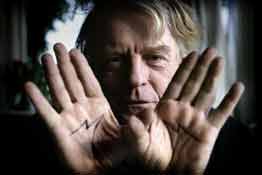
Pek van Andel

Pek van Andel
Serendipity at Work
Pek van Andel
Serendipity is the gift of making an unsought finding or its harvest: an ‘accidental’ discovery, invention or creation in science, technique or art.
For years I collected serendipity cases and essays. My archive is now the largest in the world. In the ‘chaos’ of these novelty and anomaly triggered (pseudo)serendipities I found an ‘order’ of forty patterns, which I will enumerate and illustrate with examples. The patterns introduce a new and stimulating perspective on the old subject of serendipity. Knowledge of the serendipity patterns will help in expecting also the unexpected and in finding even the unsought.
My thesis is simple. To find something really new you can’t go logically from the old to the new. If you should be able to do so, the result wouldn’t be really new. To discover something really new, you need therefore also an unpredictable element: often a startling observation followed by a correct explanation (i.e. serendipity). A patentable invention e.g. is described in law as something surprising, that didn’t evolve just logically from the known. A real discovery, invention, creation or thought can never be derived purely logically from the known, nor is it purely stochastic. It is mostly a combination of an unforeseen observation or thought and logical thinking.
Systematic search and serendipity don’t exclude each other, they complement and even reinforce each other. A really new finding is made by design ánd by accident: "Je planmässiger die Menschen vorgehen, desto wirksamer trifft sie der Zufall." (Friedrich Dürrenmatt, 1962)